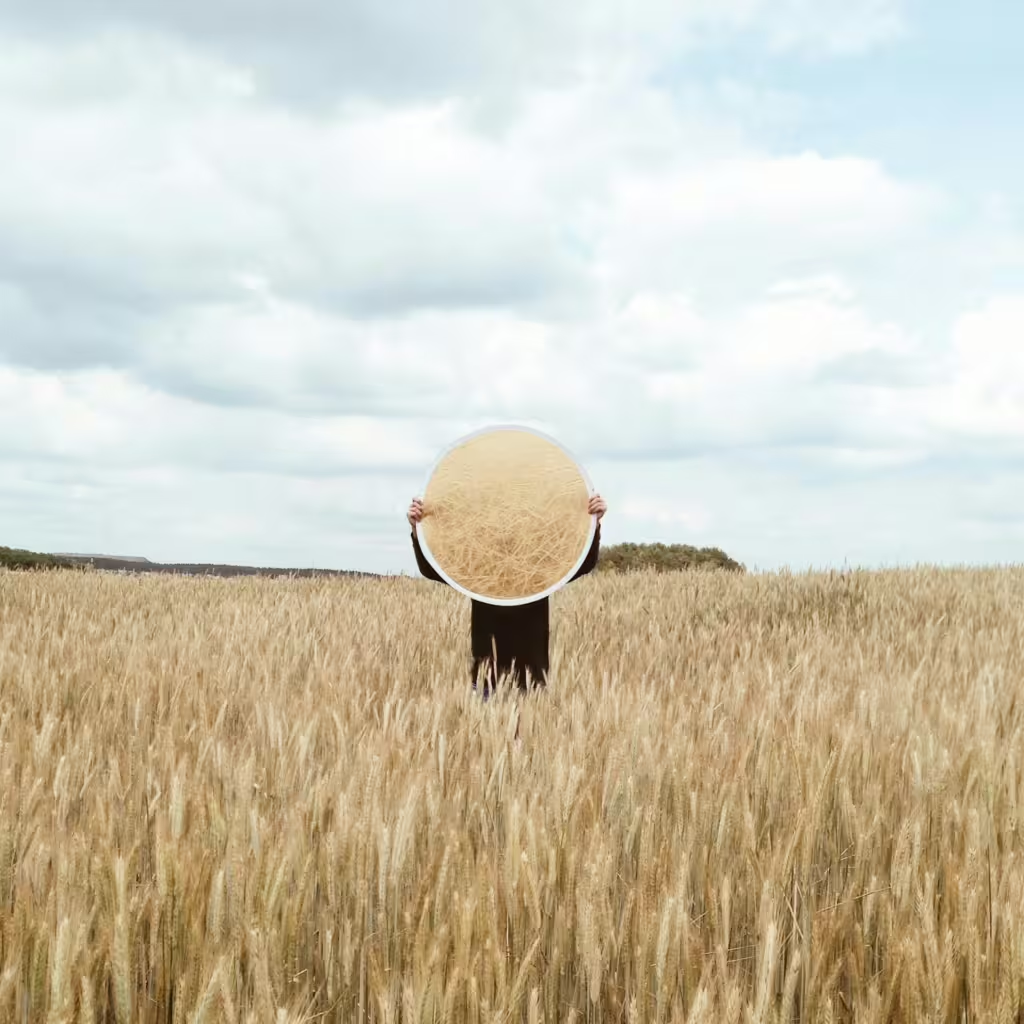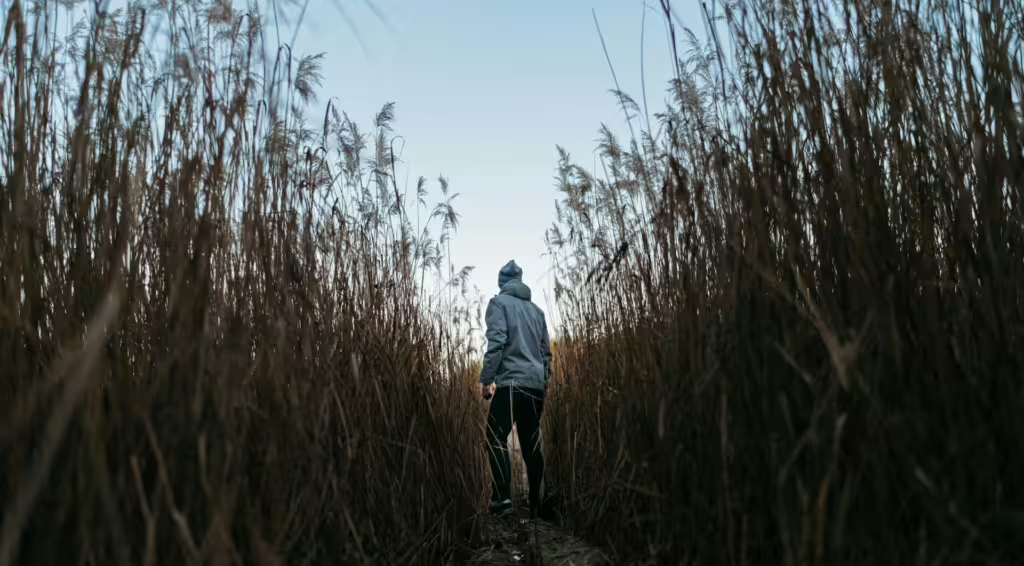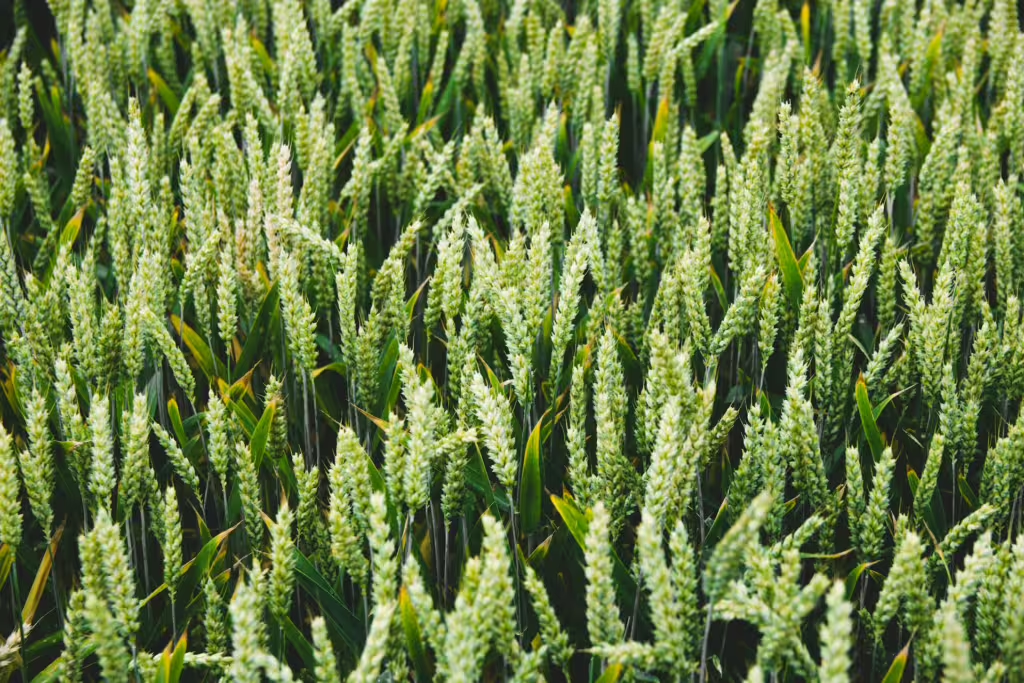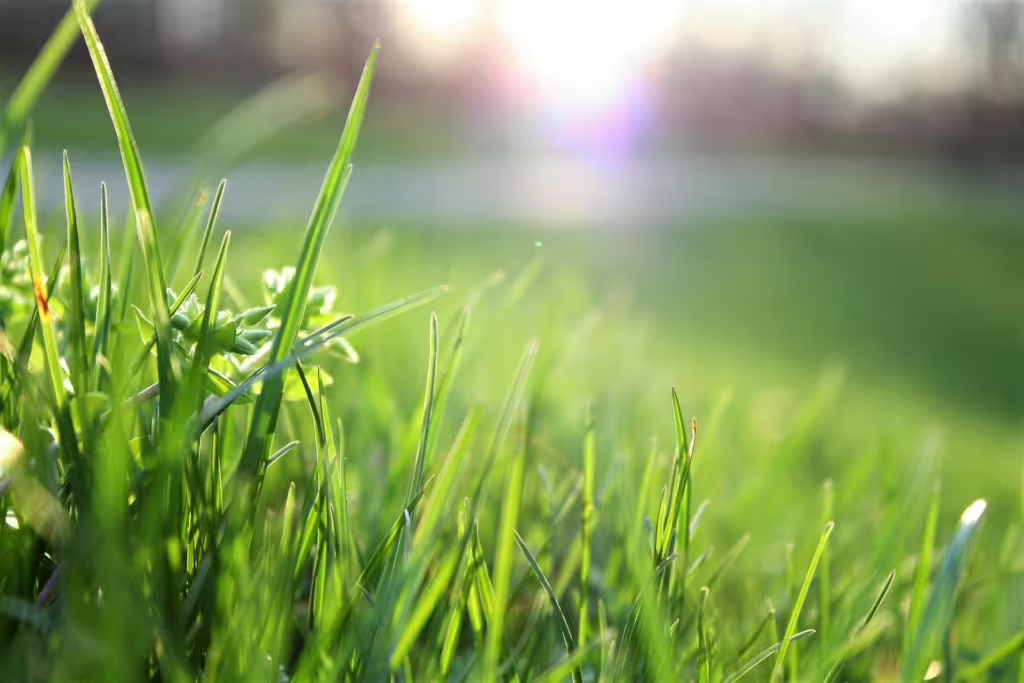When we think about the millions of amazing, eye-catching plants that live and breathe on this planet of ours, we tend to imagine towering pines, brilliantly-colored flowers, or verdant canopies that cover whole swaths of landscape. Very rarely do we take a moment to consider something as commonplace and frankly, boring, as grass. The thing is, when we talk about grasses in this wide a context, we aren’t just talking about the overwatered green lawns of suburbia. Indeed, there is far more to the world of grasses than most of us non-botanists realize.
For example, grasses are among the most widespread and ecologically significant plant groups on the entire planet. These organisms, though simple in design, are quite necessary in function. The planet’s grasses form the foundation of many ecosystems, supporting biodiversity, regulating climate, and contributing to soil health in nearly every biome where they grow; and they can grow just about anywhere as it turns out.
Nevertheless. despite their ecological importance, grasses are increasingly threatened by human activities such as agriculture, urbanization, and as is the case with all other living things on the planet, ourselves included, climate change. In this article, we will explore the ecological significance of grasses in great detail. We will examine their role in sustaining life on Earth, while simultaneously discussing the many ways in which they are endangered by the mere presence of human beings.
The Ecological Importance of Grasses

If you’re anything like this writer, chances are good that you haven’t given grass more than a passing thought over the years. If you work in landscaping, mow your own lawn, or play a sport in a field, chances are equally good that you’ve only had negative thoughts about grass. Whether you like them, loathe them, or don’t even consider them, you may be surprised to learn that, as far as plants go, grasses are among the most diverse types of plants on the planet.
Grasses belong to the Poaceae family, which is one of the largest and most diverse plant families. These unassuming stalks thrive in a variety of environments, from prairies and savannas to wetlands and tundras. Moreover, their ecological roles are vast and vital, affecting both terrestrial and aquatic ecosystems in equal measure. Still, why are grasses so important?
Soil Stabilization and Erosion Control
One of the most critical functions of grasses is their ability to stabilize the soil in which they take root. This is due to the extensive root systems that grasses possess. These root systems help anchor the surrounding soil in place, reducing the erosion caused by wind and water. This is particularly crucial in grassland ecosystems, where soil retention is crucial in preventing desertification, thereby maintaining the fertility that is necessary for the continued survival of other plant and animal species.
In addition, grasses play a vital role in rehabilitating landscapes that have already been degraded by natural forces or through destructive human actions. This means that by planting grasses in deforested or overused areas, we can help the soil to gradually regain its structure and fertility, promoting the return of other plant species and increasing overall biodiversity in a positive way.
Carbon Sequestration and Climate Regulation
Grasses, like rainforests, kelp forests, corals, and other such masses of plant-based organisms, play a significant role in carbon sequestration. This process is vital in helping to mitigate climate change, the leading cause of environmental degradation in the world today. They do this by absorbing carbon dioxide during the photosynthetic process. Once that CO2 has been absorbed by the grass, it is then stored in their roots and soil as carbon. Grasslands, such as the vast prairies of North America and the African savannas, act as essential carbon sinks for the world at large, absorbing millions of tons of CO2 every year. This is why, by simply taking appropriate efforts to protect and restore these ecosystems can help offset greenhouse gas emissions in a meaningful way.
Unlike forests, which tend to store the sequestered carbon in the biomass of their trees, grasslands store a significant portion of their carbon underground. This means that even when natural disasters like wildfires occur, much of the stored carbon remains sequestered in the soil, preventing its rapid release into the atmosphere. Forest fires are more detrimental, as the carbon in the burned up trees ends up released back into the air. Grasslands may therefore provide a more stable form of carbon storage in this, our ever-changing climate.
Biodiversity Support
Grasslands might seem like barren fields, bereft of all but the largest ungulates and apex predators, but below the tall stalks, lies a biome that is positively teeming with life. Grasses provide habitats for a vast array of organisms, including insects, birds, small mammals, crawling reptiles, and millions of microorganisms. Many species, such as bison, prairie dogs, and grassland birds, depend on them environments for both food and shelter. In addition, grasses can actually support pollinating insects such as bees and butterflies; both of which are essential for the reproduction of numerous plant species.
The variety of plant species found in grasslands may be grasses, but even the other plant species help to support a diverse animal population. Each plant plays a role in maintaining the ecological balance. From predatory birds that control rodent populations to decomposers that enrich the soil, the intricate web of life in grasslands is largely built upon the presence of grasses.
Water Cycle Regulation
Every living thing requires water to survive and grassland ecosystems, with its widespread range of living grasses and accompanying flora and fauna, are no different. Fortunately, grasses contribute to the regulation of the water cycle by absorbing and filtering rainwater. The root systems of grasses are excellent at retaining moisture in the surrounding soil, thereby preventing rapid runoff and reducing the risk of floods. In wetland ecosystems, grasses aid water purification, because they trap sediments and filter out pollutants. This, in turn, maintains water quality for the aquatic plants and animals that call the wetlands their home.
In the same way, grasses also contribute to groundwater recharge, which ensures the availability of freshwater resources for humans and local wildlife species. The ability of grasses to regulate water movement makes them a crucial component for combating drought conditions and they are a viable, vital means of supporting agricultural productivity in their respective regions.
Animals That Eat Grass
Many of the most recognizable herbivorous species on the planet eat grass. We’re not just talking about farm animals like sheep and cows, but wild deer, zebras, horses, birds, rabbits, and a thousand and one other species. Grass is a primary food source for many creatures, even human beings. That’s right, wheat, maize, grains, barley, rice, and oats are all different types of grasses that humans eat each and every day. That said, when it comes to the grassier grasses, it is the herbivorous animals that are best adapted to munch upon them. Unlike humans, that have to process, prepare, and cook our grasses, these animals have developed specialized digestive systems that allow them to efficiently extract nutrients from fibrous plant material. In any case, whether they are towering elephants or tiny insects, grass sustains a vast array of living creatures.
Mammals
Many large herbivores depend on grass for sustenance. Among the most common and recognizable of these are ruminants, creatures which have multi-chambered stomachs that allow them to break down cellulose efficiently. These ruminant animals include:
- Cows – Domesticated cattle graze on grass and other vegetation, using their specialized stomachs to ferment and digest even the toughest of plant fibers.
- Sheep and Goats – Most of these animals have been domesticated as well, though some are still wild. Either way, these animals are grazers that consume grass, shrubs, and other low-growing plants.
- Deer – While deer eat a mix of grass, leaves, and twigs, the vast majority rely on grasses in open meadows and forests.
- Bison and Buffalo – These large cow-like herbivores graze extensively on grasslands and play a crucial role in maintaining prairie ecosystems.
Other mammals that eat grass include horses, zebras, kangaroos, and yes, even elephants, all of which rely on grass as a staple food source.
Birds
Certain bird species consume grasses as well. While some eat the actual blades like the ruminants above, others prefer to feed on grass seeds themselves. Some common examples include:
- Geese and Ducks – These waterfowl graze on grass near lakes and rivers.
- Ostriches and Emus – Large flightless birds that dwell in Africa and Australia, also eat grass, leaves, and seeds when they can find them.
Insects and Rodents
Small animals also rely on grass, including:
- Rabbits – They graze on grass and other vegetation, using their sharp teeth to trim blades close to the ground.
- Grasshoppers – These insects consume grass and play a role in the food chain, serving as prey for the birds and reptiles that live in and around grassland ecosystems.

Threats to Grasses and Grassland Ecosystems
Despite their ecological importance and relative abundance, all things considered, grasses and grasslands are nonetheless under significant threat due to human activities. The rapid transformation of natural landscapes due to climate change, industrialization, pollution, and the like, are all leading to habitat loss, biodiversity decline, and ecological imbalances.
Agricultural Expansion and Overgrazing
One of the greatest threats to grasses is the conversion of natural grassland ecosystems into agricultural land. The intensive farming practices used by today’s monolithic industrial agricultural processes often replace native grasses with monocultures, such as wheat, corn, and soybeans. Though this is usually done as a means of meeting the increased demand of an ever-growing human population, it is highly-detrimental to many natural ecosystems. Not only does it vastly reduce biodiversity, it also depletes soil nutrients and increases vulnerability to erosion. There is also the damage done by the overgrazing or livestock, which further exacerbates the problem and strips the land of vegetation. The result of this is often desertification and it can happen anywhere that grasslands have been eaten away.
Fortunately, regenerative farming techniques, such as intercropping and cover cropping, have been able to help mitigate these effects by preserving soil integrity while maintaining productivity. By encouraging farmers to integrate native grasses into their agricultural practices, we as a world culture can enhance biodiversity while still ensuring a sustainable level of food production.
Urbanization and Land Development
Urban expansion has been a problem for centuries and it likely going to continue to be a significant threat to grasses until all of them are covered up by cement. Cities and infrastructure projects often encroach upon grasslands, replacing them with concrete and asphalt, yet as natural landscapes are fragmented, many grass-dependent species lose their habitats. As a result, we see a serious decline in biodiversity and the unwelcome disruptions in local ecosystems. Green urban planning strategies, such as the creation of city parks and green corridors, have often been used to help mitigate habitat destruction, but green spaces are not always enough.
Climate Change
Global warming and climate change are serious threats to all life on this planet; especially when one considers that grasslands are one of the only natural ways to reduce carbon in our atmosphere. Unfortunately, rising temperatures, altered precipitation patterns, and extreme weather events pose a real threat to these ecosystems and can affect the growth and/or distribution of grasses.
Preserving natural grasslands and restoring degraded ones can help buffer against climate change impacts, but this is difficult, expensive work and not every government agency sees it as a priority. Nevertheless, it is only by ensuring these ecosystems remain intact that we can enable them to continue providing crucial services like carbon sequestration and water retention.

Industrial Activities and Pollution
Pollution from industrial and agricultural activities are always damaging to natural ecosystems, and grasses are often more vulnerable due to their size and growing patterns. Pesticides and herbicides used in farming have been known to kill native grasses as well as weeds. These pollutants can also disrupt soil health. In addition, different types of air and water pollution can alter grass growth patterns, reducing the resilience of grassland ecosystems.
These days, government regulations and policies promoting sustainable land management practices have already been put in place in order to help reduce pollution levels. At the same time, many farmers and industries have begun to adopt eco-friendly alternatives to harmful chemicals.
True Investigator Says…
As you can see, grasses are not just used to beautify parks and suburban backyards, they are a cornerstone of biodiversity the world over. Simple though they may seem, grasses are fundamental to the proliferation of life on this planet and they provide a bevy of essential ecological services that sustain the aforementioned biodiversity, regulate the already damaged climate, and support human lives and livelihoods; just as they have for countless generations that came before. It is only by recognizing their importance and implementing conservation strategies to protect them from our own misuse and callousness that we can ensure their survival and the survival of future generations.
Discover more from TrueInvestigator
Subscribe to get the latest posts sent to your email.


